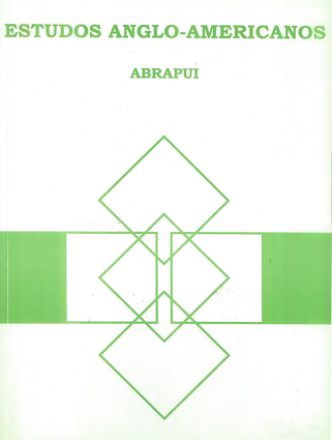WHEN TRAVELERS AND LOCALS MEET: COMMUNICATION STRATEGIES IN TRAVEL NARRATIVES
Revista Estudos Anglo-Americanos
WHEN TRAVELERS AND LOCALS MEET: COMMUNICATION STRATEGIES IN TRAVEL NARRATIVES
Autor Correspondente: C. A. Pasquetti | [email protected]
Palavras-chave: travel narratives, communication strategies, encounters
Resumos Cadastrados
Resumo Inglês:
This article analyses communication strategies between travelers and local people in some famous (and other not-so-popular) travel narratives. The main concern of this study is to examine how writers describe the contact between their narrators and the “other,†the “native†the “Indian†or simply “local†characters. Different travel narratives are recalled to exemplify an array of theoretical approaches about travel texts. The diachronic perspective proposed by Blanton (1997) is considered as backbone throughout this study. The section “The most famous of the encounters†revises some moments of contact in Columbus letters under the light of Greenblat’s work (1991). Pratt (1992) helps looking at the “contact zones,†and shows how Humboldt’s voice is predominant in his narrative, revealing asymmetrical power relations. The late 19th and early 20th century, described in “Depth and breadth,†correspond to the heyday of travel writing. Here is when works of Stevenson contribute to critical views on the relationships between foreigners and locals. The period that follows the Great Wars represents a loss of illusions while painting the genre with modern dimensions. The works of Kerouac and Theroux are briefly revised in the section of the article called “The effects of contact languageâ€. The limits of the anthropological regard on travel writing are questioned by Clifford (1997), and is here exemplified through a short story in the section “A large can of wormsâ€. In the end, “Creative solutions†for describing communication in encounters between different people are seen as responsible for the popularity of travel literature.

